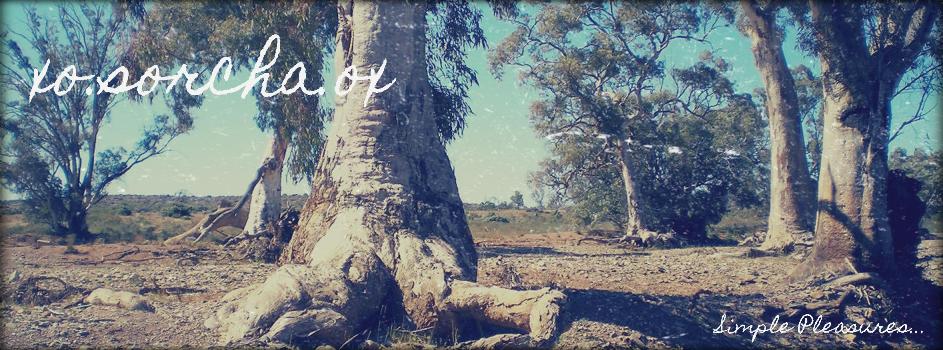The water to our house (the one in the middle of our street, no less) is currently supplied by rain water, harvested from Mother Nature and stored in two tanks: One underground (8,000L) and a poly-tank (27,000L).
When we first moved in, back in January, everything was on rainwater: the kitchen, the laundry, the toilet, the bathroom, as well as the garden. After two weeks we decided it was probably better to put the garden on mains water, but to leave the house on rain water. Afterall, rain water not only keeps us clean but it is also our drinking supply.
Mains water up here is bore water, as the Murray River Pipeline does not pass through this part of the Flinders Ranges. The only way I can think to describe bore water is as being "hard" - it isnt suitable for drinking, and if you were to try to wash your hair in it you'd end up with a dry, mattered mess. It probably comes as no surprise then that we are keen to continue being able to shower using our rain water supply indefinitely.
Besides which, we enjoy entertaining the thought that we can be "self-sufficient" and "sustainable" up here.
But how self-sufficient and sustainable can a household be in an area that is predominately hot and dry, and has an average annual rainfall of a meagre 300mm?
These days only our kitchen and bathroom remain on rainwater. The laundry, toilet and yards have been switched over to mains water. We have had to do this due to lack of rain and the fact that our water supplies are disappearing at an alarming rate as a result.
This week we changed the shower-head in the bathroom. Believe it or not, the simple task of having a shower uses an immense amount of water. We searched for weeks trying to find the best water-saving showerhead in town that was within our budget. $100 later and the best we could get was a showerhead that uses 6 litres per minute.
6 litres per minute.
On a day when I dont have to wash my hair, a shower takes me around 5 minutes. On a day that I do have to wash my hair it would be closer to 10 minutes. With our new showerhead that equates to 32 and 60 litres respectively. Multiply that by two people and it can be up to 120 litres per day down the drain, just from having a shower.
120 litres!
How many litres per minute, per day were we using prior to getting the new showerhead? The thought of it is staggering.
No wonder we are low on rain water supplies!
The whole situation got me to thinking about water and being water-wise. How many people are conscious of the amount of water they are using each day?
When we lived in the city and had no choice but to have mains water, where it was coming from and how long it would last was not something we spent much time being concerned about. It is only now that we have a limited supply that the extent of the water crisis (especially here in South Australia, where it is dire) truly comes to light.
During our search for the most-efficient-most-cost-effective showerhead on the market, I noticed that when it comes to water-saving showerheads, most use between 7.5 and 9 litres of water per minute. It is difficult to find anything less than that, and it would be particularly hard for those who have a very tight budget. The cheapest water-saving showerhead we saw was $25 and used 7.5 litres per minute. Our showerhead, as already mentioned, claims to use only 6 litres per minute. It was one of only two showerheads we came across that used below 7.5 litres per minute. Most water-saving showerheads were priced between $40 and $150, and yet the best most could claim to do was 9 litres per minute.
A family of four, each taking a 10 minute shower using one of the most common water-saving showerheads on the market could be using up to 360 litres of water per day, from the shower alone.
So, I thought I would put together this post and ask anyone who might happen to read it to consider how much water is currently being used in their household on a daily basis. Do you know how much water you are using through your daily routine of cleanliness? If you did know, how would you feel about it? Would you be shocked, embarrassed, concerned, or would it not bother you?
In your opinion, at what point does water usage become too much water usage?
.jpg)
.jpg)
.jpg)
.jpg)
.jpg)












